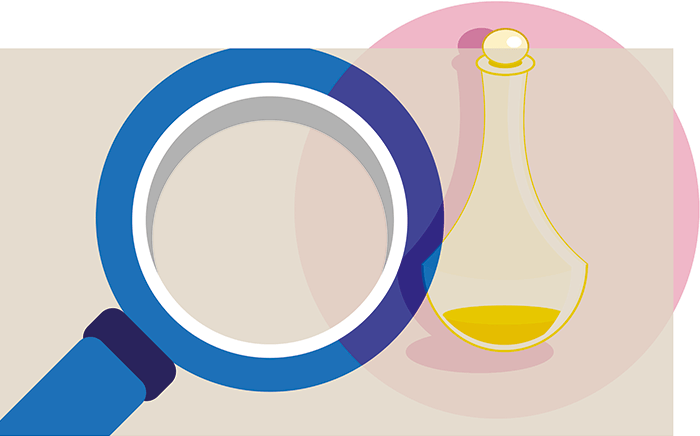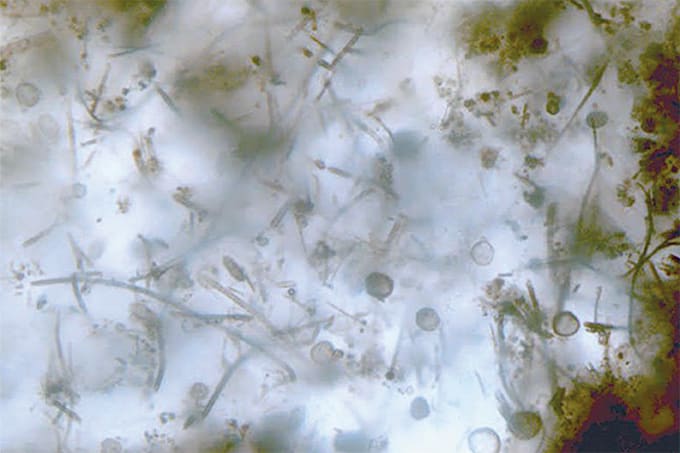
With low conviction rates and often no witnesses, criminal cases involving close physical or sexual contact need all the help they can get. Now, a recent UCL study suggests that perfume traces could help provide another piece of the puzzle. Analysis of perfume trace materials from clothing is not commonly employed within forensic casework, but according to Simona Ghergel, lead researcher of a recently published study (1), fragrance has the potential to provide valuable intelligence as a form of trace evidence.
Unfortunately, the analysis of fragrance comes with a unique set of challenges. “Perfumes are complex mixtures that may contain up to 100 different ingredients. Also, by their nature, fragrance compounds are volatile molecules, which means they evaporate readily into air at room temperature,” says Ghergel. The team assessed the potential of gas chromatography-mass spectrometry (GC-MS) in the analysis of samples of a commercially available male perfume, as well as fragranced fabrics. The fabric used was 100 percent cotton, understood to be one of the most common garments encountered by forensic textile examiners. “GC-MS is a well-established technique, not only in the perfume industry, but also in forensic labs across the world,” Ghergel says. “It has been employed for the analysis of various samples, such as drugs of abuse, fire debris and car paint − and even for the analysis of scent from human remains.” The team were pleased to see positive results. “A contact time of one minute was enough to lead to an average of 15 perfume components (out of 44 components identified in a specific male perfume) being transferred and detected on a secondary piece of fabric by GC-MS,” says Ghergel. With a contact time of 30 minutes, only four additional components were detected. “This is really interesting, as it indicates that comparatively brief contact between garments may result in sufficient transfer of perfume components for detection and for aiding forensic reconstructions in the future.” Ghergel adds, “I am currently carrying out experiments investigating the extraction ability of various solvents, and also the use of stir bar sorptive extraction (SBSE) and solid-phase microextraction (SPME).” The aromatic research is part of a body of work being developed at UCL to understand the dynamics of a variety of different types of trace evidence, such as particulates, DNA and residues. “Going forward, we are keen to establish the most readily transferred perfume components, what difference certain types of clothing can make to that transfer process, and whether it is possible to identify transferred components after varying lengths of time and conditions of storage,” Ghergel says. “We are also looking at how readily trace materials transfer, how long they persist and to what extent can they survive attempts to destroy the evidence. With this kind of information, we will be better able to offer evidence that can be useful in forensic reconstructions − and in assessing the significance or weight of a particular form of evidence in a case.”
References
- S Ghergel et al, “Analysis of transferred fragrance and its forensic implications,” Sci. Justice, [published online] 2016, http://dx.doi.org/10.1016/j.scijus.2016.08.004




